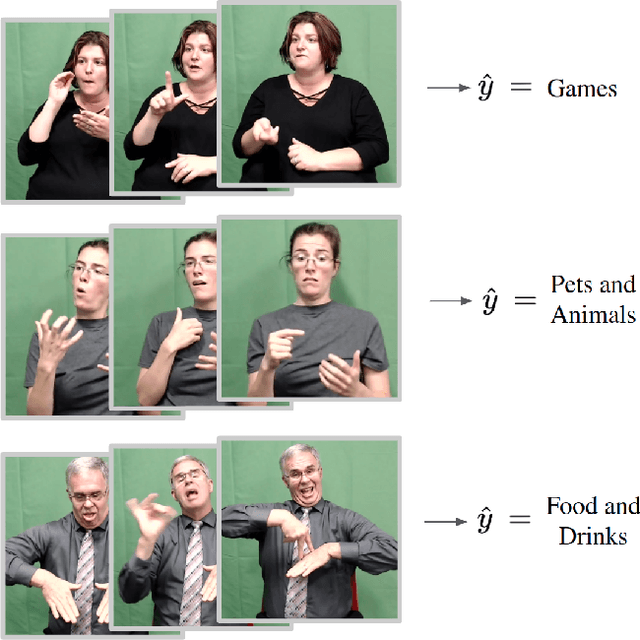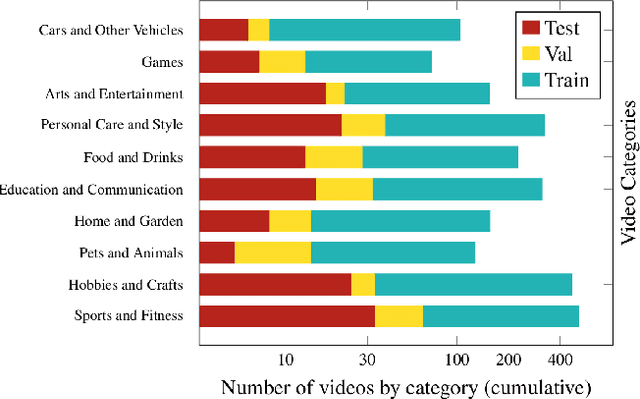Alvaro Budria
InstantGeoAvatar: Effective Geometry and Appearance Modeling of Animatable Avatars from Monocular Video
Nov 03, 2024



Abstract:We present InstantGeoAvatar, a method for efficient and effective learning from monocular video of detailed 3D geometry and appearance of animatable implicit human avatars. Our key observation is that the optimization of a hash grid encoding to represent a signed distance function (SDF) of the human subject is fraught with instabilities and bad local minima. We thus propose a principled geometry-aware SDF regularization scheme that seamlessly fits into the volume rendering pipeline and adds negligible computational overhead. Our regularization scheme significantly outperforms previous approaches for training SDFs on hash grids. We obtain competitive results in geometry reconstruction and novel view synthesis in as little as five minutes of training time, a significant reduction from the several hours required by previous work. InstantGeoAvatar represents a significant leap forward towards achieving interactive reconstruction of virtual avatars.
Topic Detection in Continuous Sign Language Videos
Sep 01, 2022



Abstract:Significant progress has been made recently on challenging tasks in automatic sign language understanding, such as sign language recognition, translation and production. However, these works have focused on datasets with relatively few samples, short recordings and limited vocabulary and signing space. In this work, we introduce the novel task of sign language topic detection. We base our experiments on How2Sign, a large-scale video dataset spanning multiple semantic domains. We provide strong baselines for the task of topic detection and present a comparison between different visual features commonly used in the domain of sign language.
* Presented as an extended abstract in the "AVA: Accessibility, Vision, and Autonomy Meet" CVPR 2022 Workshop
 Add to Chrome
Add to Chrome Add to Firefox
Add to Firefox Add to Edge
Add to Edge